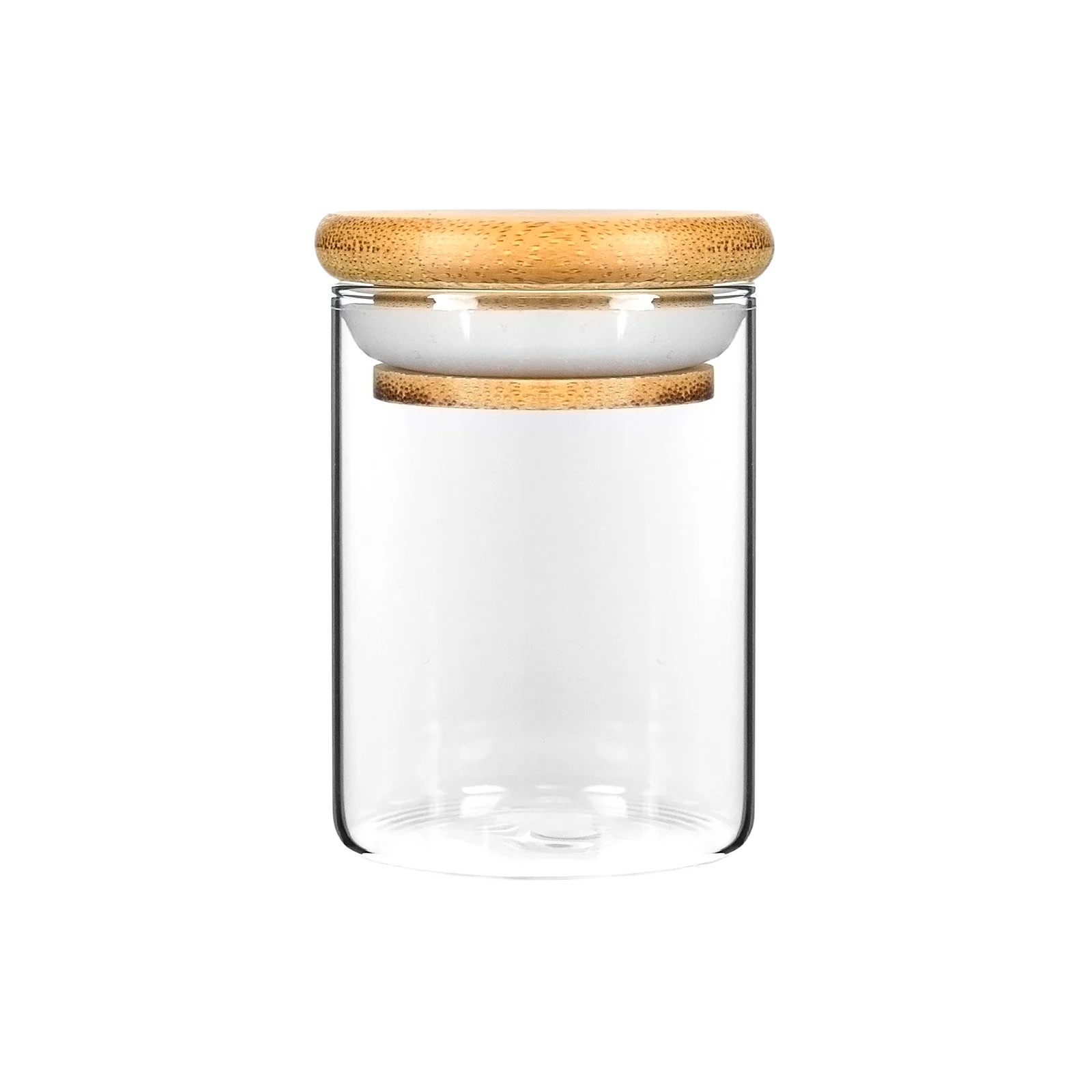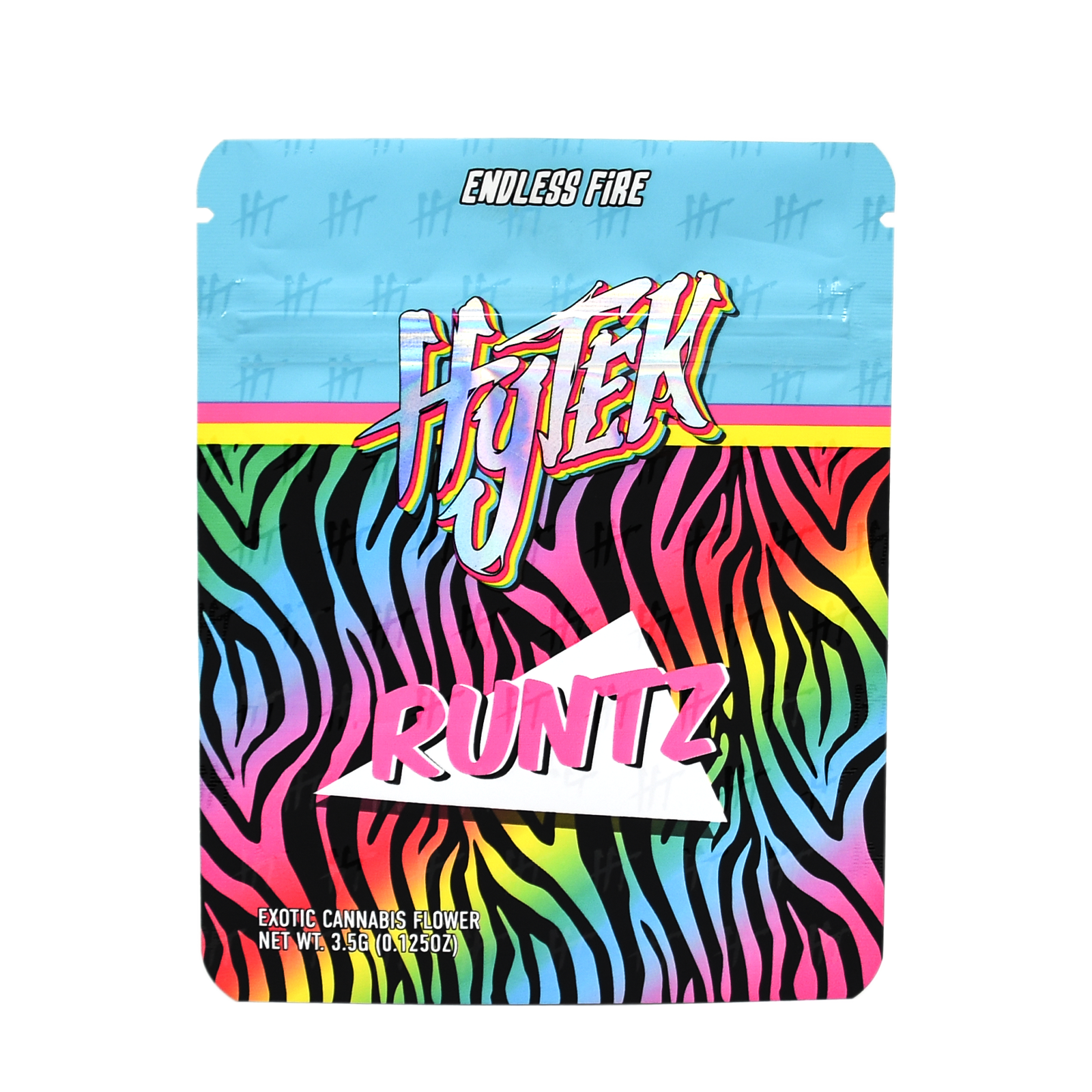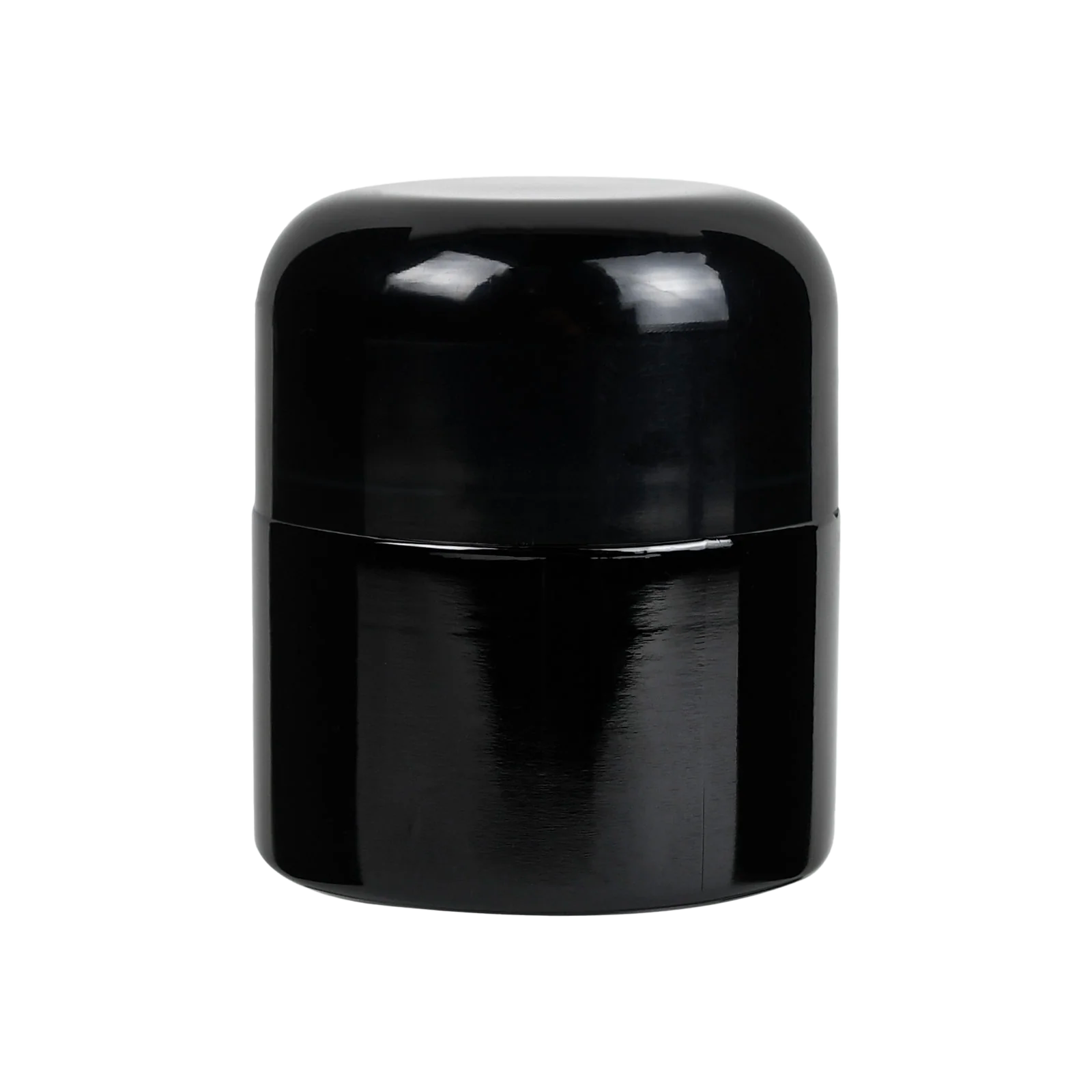Choosing the Plastic Bottle Closure That's Right for Your Product
Any commodity that can be bottled requires a lid of some sort, typically with a sealing closure. Which type of closure you choose is largely determined by the commodity with which you're working. Does it require something child resistant? Does the closure need to seal airtight? Today, we examine the primary benefits of three types of plastic bottle closures to hep you select which is the right choice for your product.
Reversible Cap Vials
At first glance, reversible cap bottles look simply like your average plastic medicine bottle with a child resistant push-and-turn cap. But unlike standard push-and-turn caps, you'll notice that a reversible cap has a recessed area running the perimeter of the cap. That recessed area presents a groove that can catch the plastic teeth of the bottle when the cap is flipped over. This gives you two ways to seal the medicine bottle depending on which direction the cap is situated and earning it the distinction of being a "reversible cap" vial. So why would someone want a reversible cap? In both the pharmaceutical and cannabis industries, state regulations require you to provide child resistant packaging upon the exit of your pharmacy or dispensary. This is a great safeguard for people who have children but what about those of us who have no children? Reversible cap vials allow us to literally flip the lid to create a more convenient, non-child resistant screw top cap. Patients with arthritis and other debilitating conditions can particularly benefit from this unique feature.
Philips Pop Tops
Philips Pop Tops provide an innovative take on child resistant packaging. Push-and-turn caps have been a classic child resistant solution for so long that any modification was going to be a challenge. How does one simply the tried-and-true push-and-turn while still maintaining its effectiveness at keeping curious hands at bay? The pop top bottle used scientific precision and a firm grasp on physics to develop a plastic bottle with a secure closure that could be opened simply by squeezing at opposite, deliberately positioned points. To an adult, it almost seems too easy to be truly child resistant but Philips pop top bottles have passed federal regulations for child resistance certification. Since they are such an easy option for adults, they make great medicine bottles for senior patients.
Screw Cap Bottles
If you're working with a commodity that doesn't require child resistant packaging, a simple screw cap bottle will often do the trick. Everyone's used a bottle with a standard screw cap closure. Some are airtight whereas others seal just enough to keep the contents in place. Plastic screw caps are most common but you can also find screw caps designed from a variety of metals. However, you won't find plastic bottles employing metal lids. Screw cap bottles are a favorite across a myriad of industries mainly due to their simplicity of design.
Of course, there are other varieties of containers and closures, especially when you start to get outside of pharmaceuticals and more into the cosmetics industry. But these three options remain pretty standard in medicinal applications, though the child resistant options are a more common choice. Again, your product will ultimately weigh heavily on which container option is your best choice.




